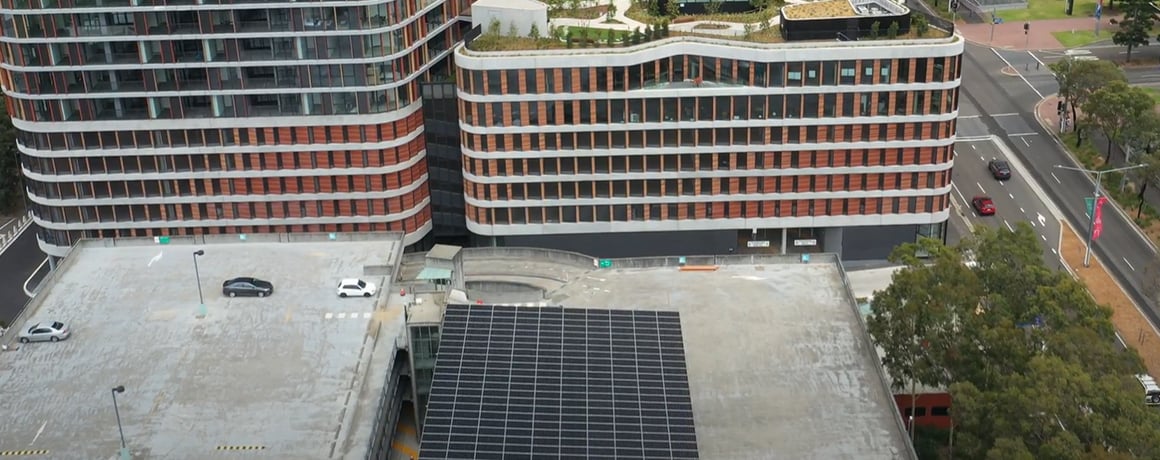Announcement posted by Smart Energy Answers 13 Jul 2020
The potential to save money, in the long run, is a big incentive for many people considering investing in solar. Beyond this, you could be eligible for government rebates which can contribute to the cost of purchasing a system depending on where you live and what programs are available. Once your system is installed, you can also sell the excess energy generated back to the grid and the retailer will compensate you for the power exported which is called a feed-in tariff (FiT).
Solar government rebates and incentives available in Australia

1. Government Rebates
National
The federal government provides financial incentives for people who invest in solar and does this through Small-Scale Technology Certificates (STC). The number of STCs is based on the location and the amount of energy the system generates. Under this scheme, it can help individuals to reduce the cost of installing a system significantly. Installers generally sell the certificates on behalf of the customer and deduct the value from the installation cost. To be eligible your system must be less than 100kW in size, installed by a Clean Energy Council (CEC) accredited professional and the solar components must be approved for use in Australia by the CEC.
Solar Rebates by State
Some additional incentives are available at the level of states as well as territories and are applied independently from the national rebate program. Below is a summary of the solar rebates by state and other incentive programs available.
State or Territory | Rebates & Incentives |
NSW | Empowering Homes Solar Battery Loan offers those in the Hunter region interest-free loans of up to $14,000 towards a PV and battery system and $9,000 towards retrofitting a battery system to an existing system. The government is trialling a new program called the Solar for low-income households which will provide 3kW solar systems to 3,000 homes. It’s available for holders of a Pensioner Concession Card or a Department of Veteran’s Affairs Gold Card. |
QLD | The solar for rentals trial offers rebates of up to $3,500 for landlords. The system must be installed and applications submitted by 30 June 2020. The QLD government also provides interest-free loans for solar and storage. |
|
VIC
| VIC offers a Solar Homes Rebate of up to $1,888 and a Solar Battery Rebate of up to $4,838. The government is also offering Solar Hot Water Rebates of up to $1,000 and this applies for households with an income below $180,000 per year. The rebates can be combined with interest-free loans of up to $1,888 which must be paid within four years. |
WA | WA does not offer rebates and incentives beyond the federal STC program. |
SA | SA's Home Battery Scheme offers rebates of up to $4,000 and low-interest loans are also available. |
NT | NT does not offer rebates and incentives beyond the federal STC program. |
TAS | TAS does not offer rebates and incentives beyond the federal STC program. |
ACT | ACT’s Solar for Low Income Program offers a subsidy of up to $2,500. The Next Generation Energy Storage offers a rebate of up to $825 per kW for systems up to 30kW. |
Reference: instylesolar.com/blog/solar-rebates/solar-rebates-2020/#2020-solar-rabates-by-state
2. Feed-In Tariffs (FiT)
Another way you can save money is through a feed-in tariff (FiT). A FiT is a credit rebate that people receive for excess solar energy generated which is exported to the grid and paid by your electricity retailer. For each kilowatt-hour (kWh) of energy a household exports to the shared grid, you will receive a FiT between 7 to 22 cents per kWh. They are not paid out cash in hand but instead deducted from your bill. Prices will vary depending on your circumstances, the state you live in and your electricity retailer. The value of a FiT can be an important aspect to consider as it influences the economic outcome of owning a system.
Make sure to shop around between retailers to determine the best available FiT rate for you. Ask your solar provider what you could expect your self-consumption to export ratio could be and what economic outcome you could achieve. Alternatively, check out www.energymadeeasy.gov.au to compare plans from energy retailers and see how much FiT you can expect.
Smart Energy Answers is Australia’s leading solar solutions provider based in Sydney. We’re proud to have attained the highest accreditation level in Australia. As a CEC Approved Solar Retailer, we’re committed to helping communities gain energy independence through the latest technologies and high-quality services. To get started on your solar journey, contact us today on 1300 732 679 or via email at info@smartenergyanswers.com.au

